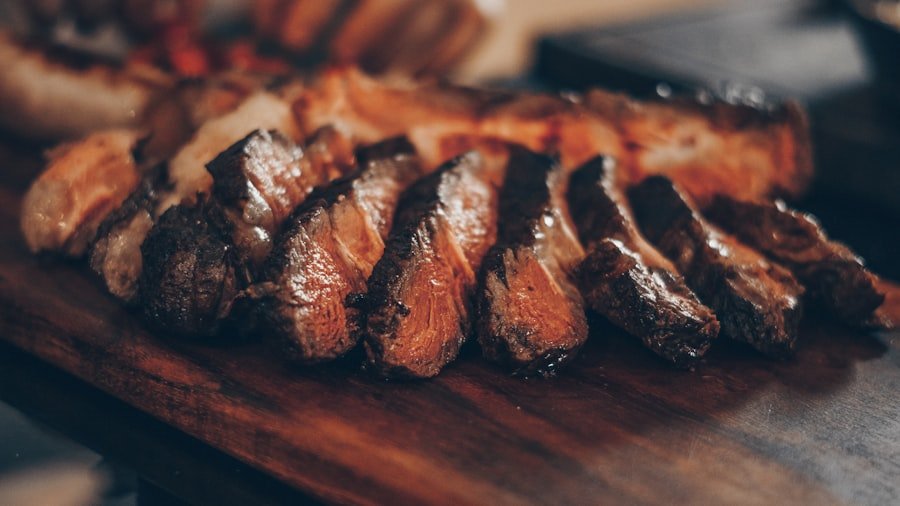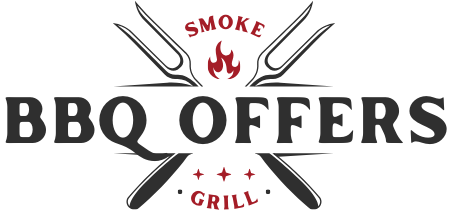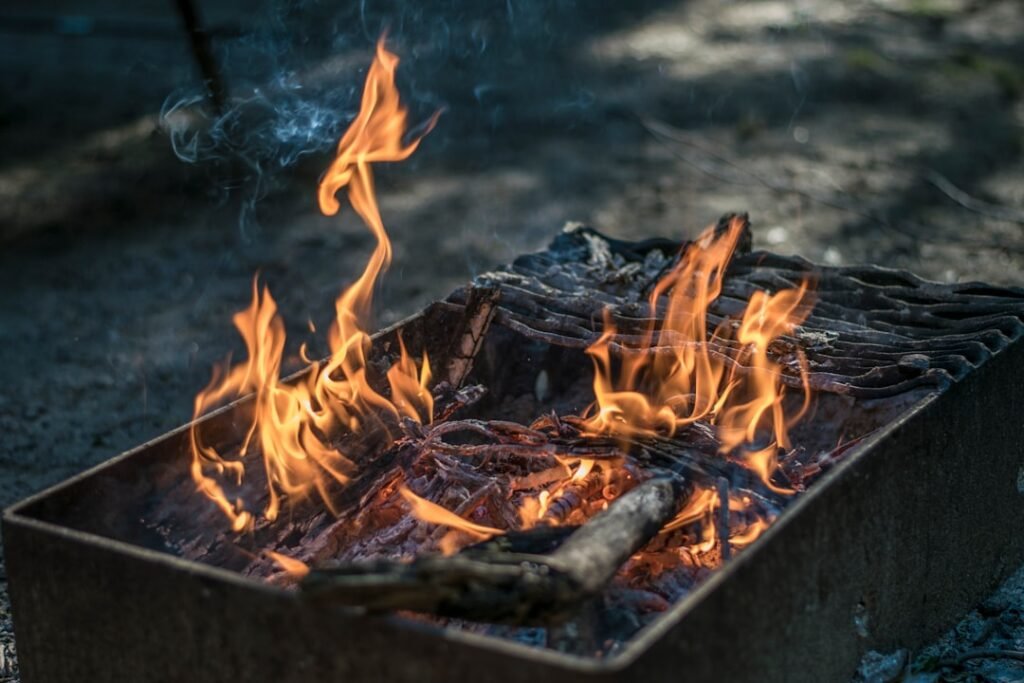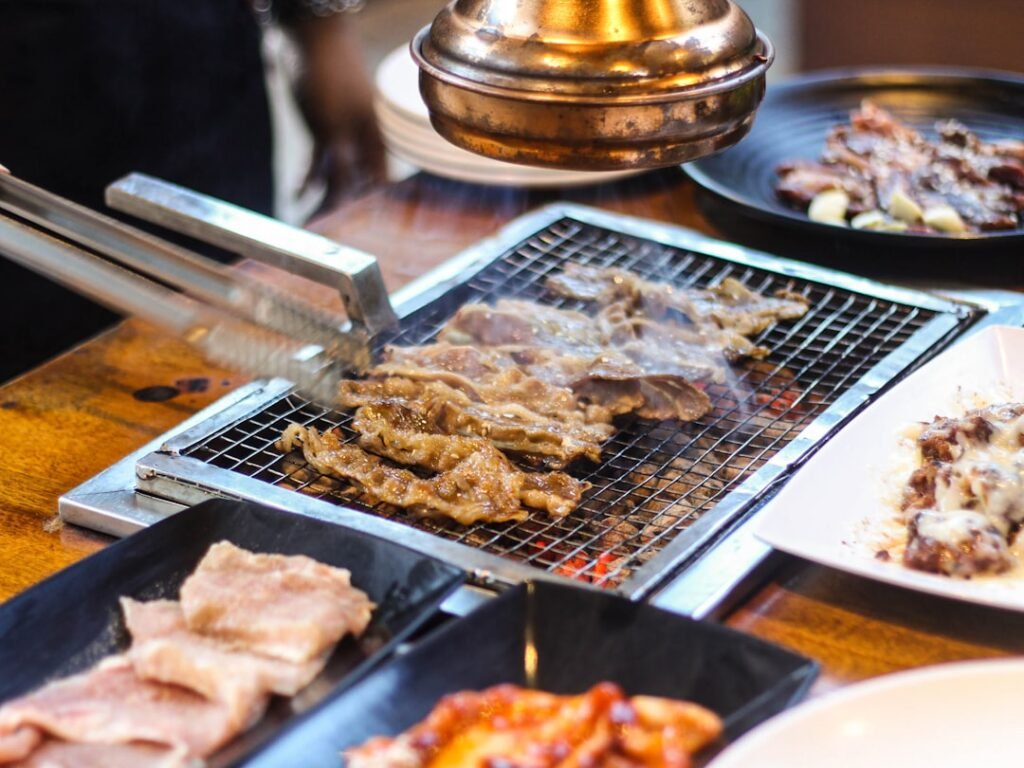Grilled Goodness: The Art of BBQ

Barbecue, as a culinary tradition, has roots that stretch back thousands of years. The earliest evidence of cooking meat over an open flame can be traced to ancient civilizations, where fire was harnessed not just for warmth but also for sustenance. Archaeological findings suggest that the practice of roasting meat over a fire was common among early humans, who likely discovered that cooking made food more palatable and easier to digest.
As societies evolved, so did their methods of cooking, leading to the development of various techniques that would eventually culminate in what we now recognize as barbecue. As I delve deeper into the history of barbecue, I find it fascinating how different cultures have contributed to its evolution. In the Caribbean, the Taíno people used a method called “barbacoa,” which involved slow-cooking meat over a wooden platform.
This technique was later adopted by Spanish colonizers and spread throughout the Americas. In the southern United States, barbecue became a social event, often associated with gatherings and celebrations. The regional variations that emerged—such as Texas brisket, Carolina pulled pork, and Kansas City ribs—reflect the diverse influences of the people who settled in these areas.
Today, barbecue is not just a cooking method; it has become a cultural phenomenon celebrated in festivals and competitions worldwide.
Essential Tools and Equipment for Grilling
When I think about grilling, I realize that having the right tools can make all the difference in achieving that perfect cook. A good grill is the cornerstone of any barbecue setup, whether it’s a charcoal, gas, or pellet grill. Each type has its own advantages; for instance, charcoal grills impart a distinct smoky flavor that many enthusiasts crave, while gas grills offer convenience and precise temperature control.
I often find myself weighing the pros and cons of each type before deciding which one to use for a particular occasion. In addition to the grill itself, there are several essential tools that I consider indispensable. A sturdy pair of tongs is crucial for flipping and moving food without piercing it, which helps retain juices.
A high-quality meat thermometer is another must-have; it ensures that meats are cooked to the perfect internal temperature, preventing both undercooking and overcooking. I also appreciate having a good set of grilling gloves to protect my hands from heat while handling hot items. Lastly, a grill brush is essential for maintaining cleanliness and ensuring that my grill grates are free from residue after each use.
The Science of Barbecuing: Understanding Heat and Smoke

As I explore the science behind barbecuing, I find it intriguing how heat and smoke interact to create those mouthwatering flavors we all love. At its core, barbecuing is about controlling heat—both direct and indirect—to achieve the desired results. Direct heat is great for searing meats quickly, while indirect heat allows for slow cooking, which is essential for tougher cuts that require more time to break down connective tissues.
Understanding how to manipulate these heat sources is key to mastering the art of barbecue. Smoke plays an equally important role in flavor development. Different types of wood produce distinct flavors when burned, and I often experiment with various woods like hickory, mesquite, or applewood to see how they influence the final taste of my dishes.
The process of smoking involves not just the wood but also the temperature at which it burns. Low and slow cooking allows smoke to penetrate the meat more effectively, resulting in a rich flavor profile that is hard to replicate with other cooking methods. By grasping these scientific principles, I can elevate my barbecue skills and create dishes that are not only delicious but also perfectly cooked.
Mastering the Art of Marinades and Rubs
| Marinade/Rub | Ingredients | Preparation Time | Marinating Time |
|---|---|---|---|
| Classic BBQ Rub | Paprika, brown sugar, salt, black pepper, garlic powder, onion powder, cayenne pepper | 5 minutes | 2-4 hours |
| Citrus Marinade | Orange juice, lime juice, olive oil, garlic, cilantro, cumin, salt, pepper | 10 minutes | 1-2 hours |
| Asian Soy Ginger Marinade | Soy sauce, ginger, garlic, brown sugar, sesame oil, rice vinegar | 15 minutes | 4-6 hours |
| Herb and Garlic Marinade | Rosemary, thyme, garlic, olive oil, lemon juice, salt, pepper | 10 minutes | 2-4 hours |
When it comes to enhancing the flavor of grilled meats, marinades and rubs are my secret weapons. A marinade typically consists of an acidic component—like vinegar or citrus juice—combined with oils and various seasonings. This mixture not only infuses flavor but also helps tenderize tougher cuts of meat by breaking down proteins.
I enjoy experimenting with different combinations of herbs and spices in my marinades, allowing me to tailor flavors to suit my palate or the preferences of my guests. Rubs, on the other hand, are dry mixtures of spices that I apply directly to the surface of the meat before cooking. They create a flavorful crust as the meat cooks, sealing in moisture and enhancing texture.
I often find myself crafting unique rubs based on regional styles—like a sweet and smoky Kansas City rub or a spicy Carolina blend. The beauty of both marinades and rubs lies in their versatility; they can be adjusted according to personal taste or dietary restrictions, making them an essential part of my grilling repertoire.
Exploring Different Types of BBQ: From Ribs to Brisket
As I dive into the world of barbecue, I am continually amazed by the variety of meats and styles available. Ribs are often considered a quintessential barbecue dish; whether they are baby back ribs or spare ribs, each cut offers its own unique flavor and texture. I love experimenting with different cooking techniques—whether it’s smoking them low and slow or finishing them on high heat for that perfect caramelization.
Brisket is another favorite of mine; this cut requires patience and skill to achieve tenderness and flavor. The key lies in low-temperature cooking over an extended period, allowing the fat to render and infuse the meat with moisture. I often find myself drawn to regional styles when preparing brisket—Texas-style with its simple salt and pepper rub or a more complex approach with various spices and sauces.
Each method tells a story about its origins and reflects the culture from which it comes.
Tips for Perfectly Grilled Vegetables and Seafood

While meats often take center stage at barbecues, I believe that perfectly grilled vegetables and seafood deserve equal attention. When grilling vegetables, I find that choosing seasonal produce enhances both flavor and freshness. Vegetables like bell peppers, zucchini, and asparagus hold up well on the grill when brushed with olive oil and seasoned with salt and pepper.
I often use skewers for smaller pieces to prevent them from falling through the grates while allowing them to develop those beautiful char marks. Seafood presents its own set of challenges but can be incredibly rewarding when done right. Fish fillets can easily stick to grill grates if not properly prepared; using a fish basket or grilling on a plank can help mitigate this issue.
Marinating seafood briefly before grilling adds flavor without overpowering its natural taste. I particularly enjoy grilling shrimp or scallops; they cook quickly and develop a delightful char that complements their sweetness beautifully.
BBQ Sauces and Sides: Elevating Your Grilling Game
No barbecue is complete without an array of sauces and sides that elevate the entire experience. BBQ sauces come in various styles—sweet, tangy, spicy—and each region has its own signature blend. I love experimenting with homemade sauces using ingredients like ketchup, mustard, vinegar, brown sugar, and spices to create something uniquely mine.
A well-crafted sauce can enhance grilled meats while also serving as a dipping option for sides. Speaking of sides, they play an essential role in rounding out any barbecue meal. Classic options like coleslaw, baked beans, or cornbread provide balance to rich meats while adding texture and flavor diversity.
I often enjoy preparing seasonal salads or grilled corn on the cob as lighter alternatives that complement heavier dishes beautifully. By thoughtfully selecting sauces and sides, I can create a well-rounded meal that leaves my guests satisfied.
Hosting the Ultimate BBQ Party: Menu Ideas and Entertaining Tips
As someone who loves hosting gatherings, planning the ultimate BBQ party is always an exciting challenge for me. The key lies in creating a menu that caters to diverse tastes while ensuring everything flows smoothly on the day of the event. I typically start by selecting a few main proteins—perhaps ribs, chicken thighs, and grilled vegetables—to provide variety without overwhelming myself with too many options.
To keep things organized, I often prepare side dishes ahead of time so that I can focus on grilling when guests arrive. Finger foods like sliders or skewers are great for mingling while waiting for the main course to finish cooking. Additionally, I make sure to have plenty of refreshing beverages on hand—whether it’s homemade lemonade or craft beer—to keep everyone hydrated during those warm summer days.
In conclusion, barbecuing is more than just a cooking method; it’s an art form steeped in history and culture that brings people together around delicious food. By understanding its roots, mastering essential techniques, and embracing creativity in flavors and presentations, I can elevate my grilling game while creating memorable experiences for friends and family alike.






